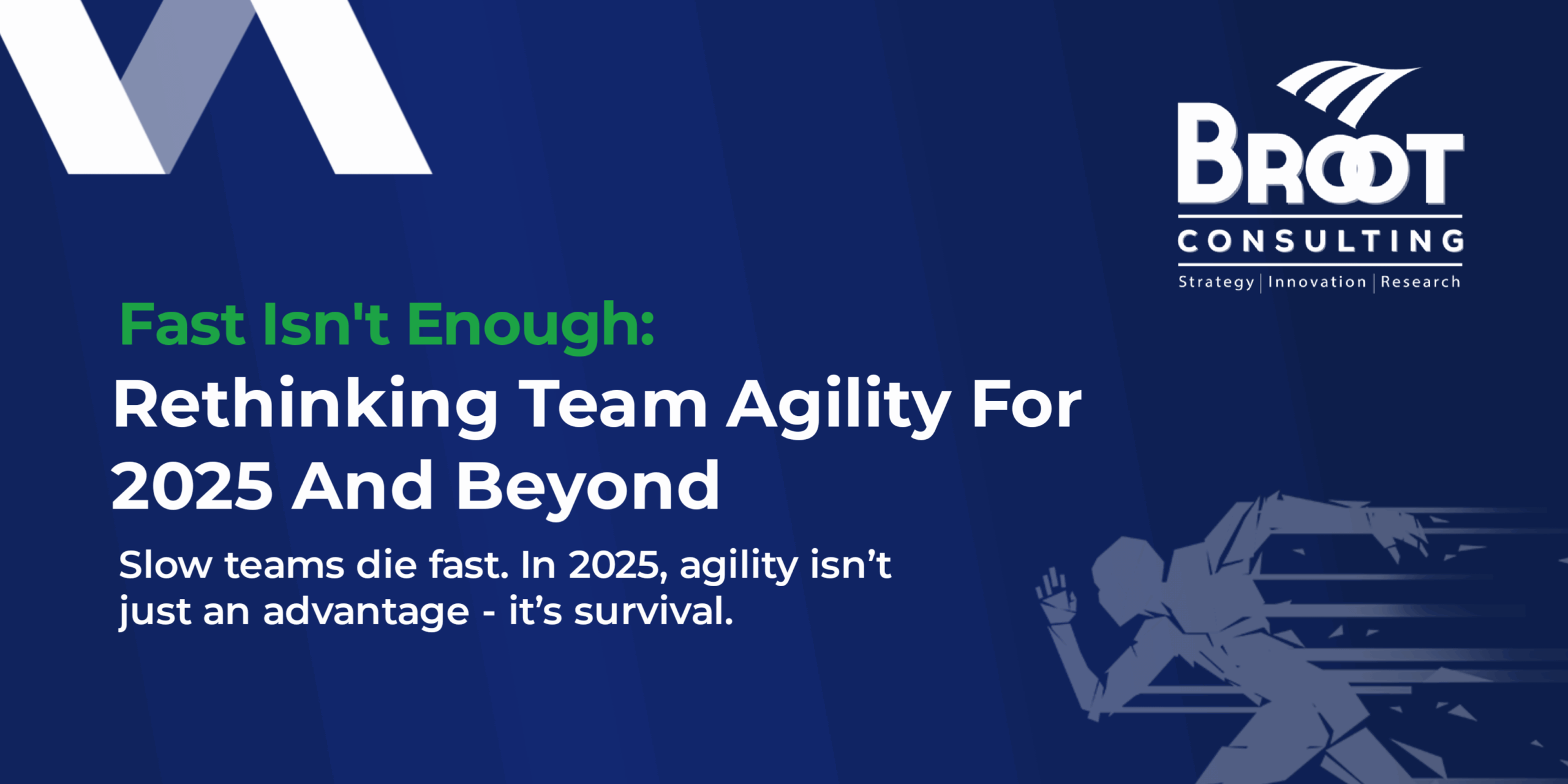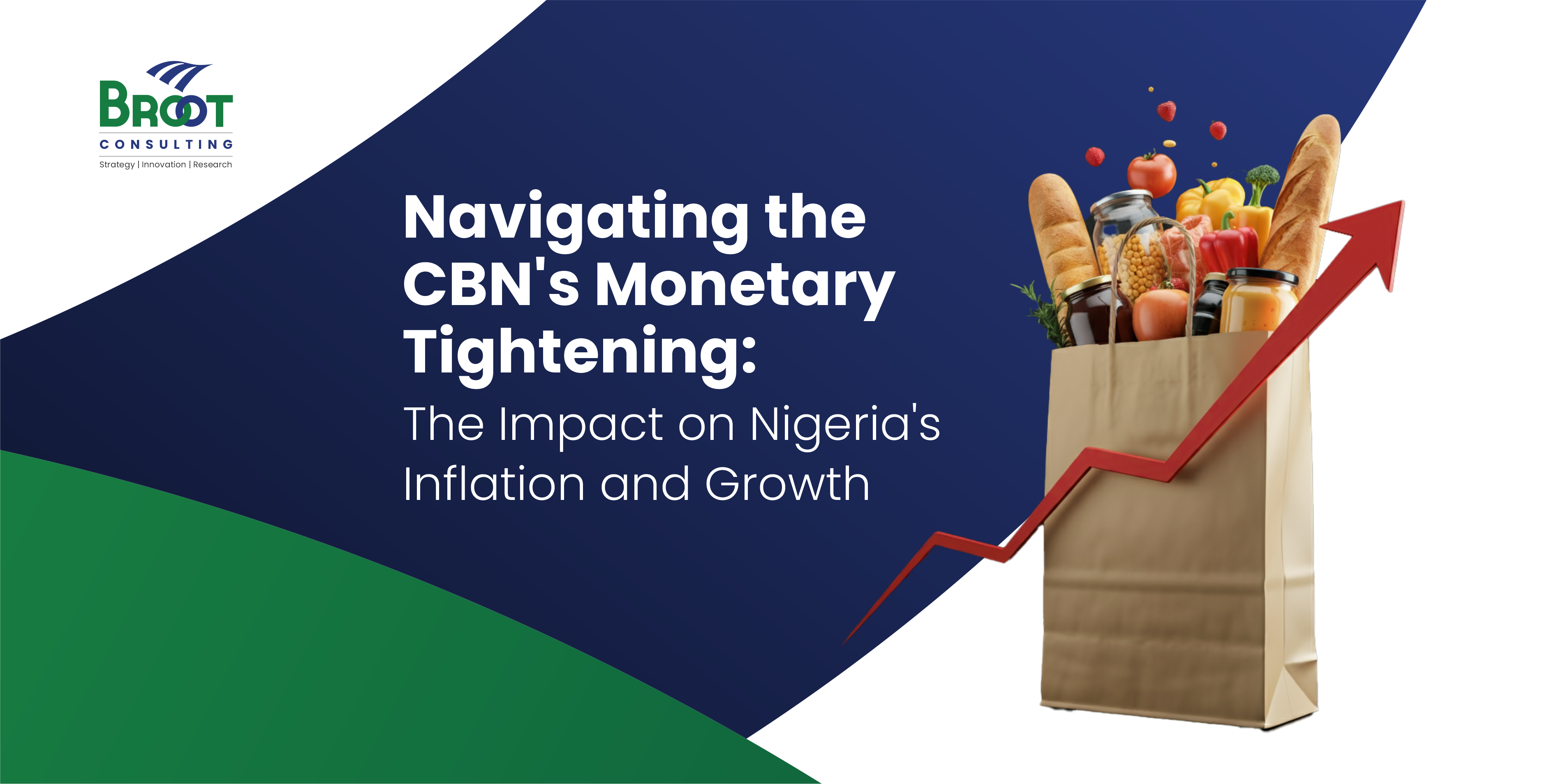So, is there really anything like mental abuse in the workplace? Can a workplace be toxic to the extent that employee’s mental state is affected? What does it mean to have a toxic work environment? Looking at things objectively, one could ask if this isn’t just an excuse given by the “woke” generation or should one say lazy youths or maybe Gen-Z’s?
There are unresolved perceptive bias between the Gen X, Gen Y and Gen Z, regarding ethics, style and workplace engagement. Bias that makes older managers perceive the Gen Z as lazy, impatient and overly ambitious if not addressed may make managers overlook issues that may negatively impact on the mental health of this generation. Mental Health abuse in the workplace is real. You might want to ask what exactly does it mean? According to the World Health Organization (WHO), mental health is “a state of well-being in which the individual realizes his or her own abilities, can cope with the normal stresses of life, can work productively and fruitfully, and is able to make a contribution to his or her community”. The question to ask here is, can your employees boast of great mental health as they work with you?
In a study by WellNewMe, a health technology company, Four in five (79%) of employees in Nigeria are at increased risk of developing mental health issues, the study found that 8 percent of Nigerian employees had an increased risk for developing depression, which is double the actual incidence rate currently recorded and making Nigeria the country with the highest caseload of depression in Africa, according to the World Health Organisation (WHO). Mental health is more than the absence of mental health illness, you can have poor mental health and yet be free of any mental health illness. Workplace mental health should be important to employers as it is to employees, because at the end of the day, its effect would be felt by both parties.
Here are some work-related frustrations that fuel poor mental health in the organization.
High performance pressure:
No employer wants an underperforming staff and neither do the majority of the workforce want to celebrate underperformance, but the questions to ask are, are your employees adequately enabled through provision of the necessary resources to foster high performance? Is the work environment psychologically safe for them? Is your leadership style building them for success or is your style filled with harassment and verbal abuse? According to Obi Igbokwe, one of the co-founders of WellNewMe and a director at Dennis Ahley Medical Clinic, because there are no checks for stress, it often goes unnoticed but still gets reflected in the company’s bottom line noting that besides it being damaging to employees health, it can be a silent killer for a business of any size. It is common in most ogranisations, to find an employee is recruited to perform a certain role but subsequently more responsibilities than initially agreed may be added without provision of the adequate tools or appropriate confirmation to ascertain if the employee is up for such additional responsibility. Workplace anxiety, involves feeling stressed, nervous, uneasy, or tense about work, which could include anxiety about job performance, interactions with co-workers, or even public speaking can also seriously hamper an employee’s performance behaviors. According to Eysenck et al., theory on attentional control in 2007, workplace anxiety can impair an individual’s attentional control. Some of the causes/triggers are interpersonal conflicts with your co-workers, working in a fast-paced and competitive environment, working on daily tasks that are too difficult or ambiguous, lack of motivation to achieve your goals at work, skill or knowledge deficiency needed to do your job. Anxious individuals typically pay close attention to threat-related stimuli. They worry and immerse themselves in negative concerns and therefore give inadequate attention to their current tasks. A mass of empirical study by McCarthy et al., in 2016 has indicated that workplace anxiety is negatively associated with job performance. Therefore, it is reasonable to presume that workplace anxiety can hinder an employee’s performance. What gets interesting is the pressure that comes afterwards on the employee to deliver.
Inadequate management practices and poor communication skills:
According to a survey conducted by The Economist Intelligence Unit “Poor communication is having a tremendous impact on the workplace. Unclear instructions from superiors, pointless meetings and other stressors can snowball into larger issues with widespread impacts on the business. Respondents to the survey say communication barriers are leading to a delay or failure to complete projects (44%), low morale (31%), missed performance goals (25%) and even lost sales (18%)—some worth hundreds of thousands of dollars”.
I have seen first hand, cases of inadequate management practices such as discrimination, insenstivity towards employees, throwing threatening statements around, like “If you do not get this done, start typing your resignation letter”, and even attack the employee’s personality and not the situation, in instances where the ball is dropped or there has been a delay in completing a task. All these practices may lead to poor mental health and can overtime lead to anxiety or depression.
Job Insecurities and lack of support:
he national Bureau of Statistics, the unemployment level in Nigeria as at Q4 2020 was 33.3%. With the rate of unemployment and the wake of COVID, there are so many people without jobs and the few with jobs may be forced to endure an unfavourable work conditionjust to keep their jobs.Some managers exploit this situation knowing that the employees have little or no choice. I have seen cases where managers have asked their subordinates to get a job done with zero guidance, this statement might sound familiar to you “get it done, I do not care how you do it”, organization managers should create a safe state that supports the psychological well being of their employees. How can you create a better psychological support system for yourself, below are some of the points that have helped me cope and protect my mental health and you might find them helpful:
Start a to-do list: If you have never created a to-do list before, this is your sign to start one. A to-do list helps you plan your day, you know all the things you must do, and you can prioritize your work to get the best out of your time. Can I add here the satisfaction that comes from ticking an item off your list?
Reclaim your lunch break: This gets hard sometimes, especially when you have a whole lot of things on your list, but as it says, reclaim your lunch break. Use this time to have a conversation with someone, take a stroll, stretch, eat, listen to music, or generally just give yourself a break from working.
Listen to music: Depending on the nature of your job, you can apply this step. For me, when I must focus on a particular task, I plug in and play music to block out distractions, it also helps me relax too. So, find out what works for you, that can help you relax and focus on your job.
Delegate your work/ negotiate your workload: Doing the work alone does not make you a superhero, it makes you stressed and burnt-out. Now if you can effectively do that while maintaining a clear head space, that’s fine but if it requires you over stretching, then ask for help. Your workload can be negotiated, it’s better to have 5 tasks assigned to you and you do that effectively than have 20 and they are all lagging. Have a conversation with your manager today.
Set boundaries between work and home: These lines have become so blurry especially with remote work.ome employers expect that because you work remotely, you should always be available. Just a reminder that you would not always be at this your job and there is life after it, what I am saying is find the right balance to both.
Have a community and support system: You need a community where you can share your concerns without judgement and find help. This community will help you relax, plan trips and activities that will help you destress, and find the right balance to life. This will help you give your best at work.
Responsibility of the organisation
Finally, what is the responsibility of the organization towards the mental health of its employees.
Communicate and implement mental health at work plan: It is not okay to just sympathise and take photo ops in the discussion of mental health. It is equally important to develop, communicate and implement a mental health guide and work plan. The plan should be well communicated to the staff and every staff should know that it is okay not to feel okay therefore, there should b zero tolerance for stigmatisation.
Open conversation on Mental health: there should be open conversations around mental health to increase awareness and get rid of the bias and shaming. Employees who have identified as having or being in a poor mental health state, should be given full attention and help.
Great working conditions for employees: There is no doubt that a poor working condition is one of the stressors an employee can face. Employers are encouraged to have relaxation centres, game rooms, gym members, policies and structures that would improve the working condition of the organisation.
Effective people management: Managers must effectively learn the act of people management and have communication with employees on the state of their mental health and wellbeing, while taking note of areas that would need improvement and promote a positive mental health space.
Mechanisms to monitor actions and outcomes: Employers should implement mechanisms and tools such as mental health quiz meter, mood assessment checklist, work-life balance assessment to help employees ascertain the state of their mental health. They should also include access to mental healthcare facilities as part of the Medical Insurance schemes.
In conclusion, the employer, and the employee both have a responsibility to play in this race for good mental health conditions in a workplace. The employers must be empathetic about employees’ concerns and must intentionally create a conducive work atmosphere. Employees must show responsibility towards their mental health as well as the mental health of others, be understanding with your organisation and peers alike but know when and where to draw the line.





